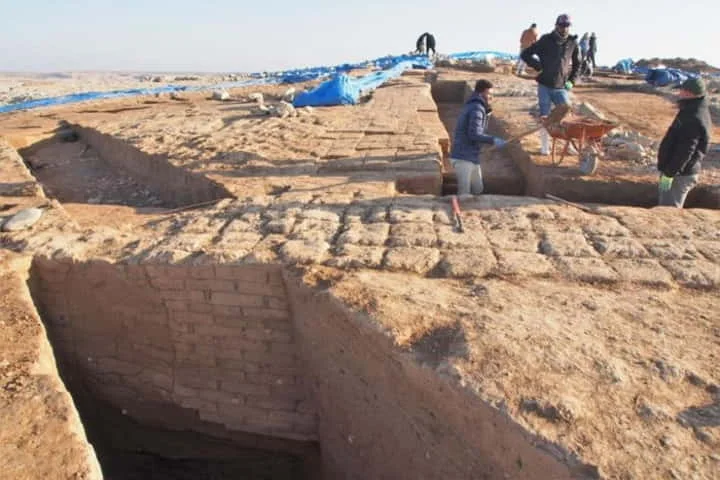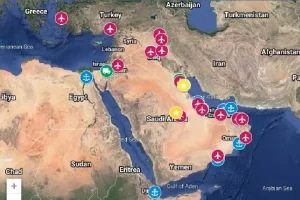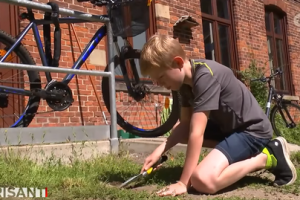For archaeologists and historians, it was a rare opportunity to explore a city which was 3,400 years old and they did not let it go. While the drought brought hardships for many, it caused this metropolis to surface again from a reservoir on the Tigris river located in the northern part of Iraq, allowing the experts to dig it up, said a report in livescience.com.
Kemune is the name of this city which belongs to the Bronze Age and it is a part of the Mittani Empire. Belonging to ancient times, this domain used to dominate northern parts of Mesopotamia for a period ranging from 1500 BC to 1350 BC.
While its existence was always known, the chance of probing it came only when the dry spell hit the area.
In 2018 Kemune was excavated and archaeologists then found a lost palace. This structure had walls which were 22 feet in height and the chambers in it had painted murals.
December 2021 saw the re-emergence of the city and again experts got themselves ready. So in January and February this year, Kurdistan Archaeology Organisation’s Hasan Ahmed Qasim along with researchers Ivana Puljiz of the University of Freiburg and Peter Pfälzner from the University of Tübingen in Germany, set about mapping the mysterious city.
As per the statement released by the University of Tubingen, the experts managed to map a large part of the megapolis and this included an industrial complex and a structure which was multi-storied and used for storing goods which probably came from different parts of the region.

Artefacts found in submerged city (Pic. Courtesy Twitter/@archaiologia_en)
In the statement, Qasim who is the chairman of KAO remarked: "The excavation results show that the site was an important centre in the Mittani Empire.”
The importance of this Kemune can be judged by the fact that it is the only known urban centre from the Empire that was situated directly on the Tigris River pointing out that it held sway on the crossings at this part of the waterway disclosed Puljiz to Live Science.
Puljiz, a junior professor of ancient Near Eastern Archaeology who worked on the site, added that the city was possibly a vital connecting point for the empire.

The submerged ancient city of Kemune (Pic. Courtesy Twitter/@BurnaughJustice)
In 1350 BC a sizable portion of the city was levelled down by earthquake though the collapsed walls did preserve some of the ruins. The construction of the Mosul dam in the 1980s completely flooded the place. So even though historians knew about Kemune they still had not got down to examine it, informed Puljiz.
It was after many years in 2010 that researchers rediscovered the city but it was not until 2018 did they manage to dig around when a major drought brought the water level of the reservoir low enough for the exercise. In 2022, when Iraq required the water from the reservoir to prevent drying up of crops and drought, did the city again come into being for investigation.
Also read: Restoration of ancient temple in Egypt built by Greeks reveals stunning drawings in bright colours
Among other artefacts, the team of archaeologists uncovered clay tablets from the middle Assyrian period dating to around 1365 B.C. numbering more than 100. This could prove crucial since following the decline of the Mittani Empire, the Assyrians established a new settlement at Kemune and these tablets may have details about this change of empires.
Commenting on this Puljiz said: “We do not yet know what is written in the texts. But we hope that they provide information about the beginning of Assyrian rule in the region."

Excavation of Kemune (Pic. Courtesy Twitter/@BurnaughJustice)
In February this year when the water started rising, some of the trenches that archaeologists had dug out started filling up. To prevent decay and deterioration of the site, the team placed plastic sheets on the buildings and covered the sheets in gravel to protect it.
The city is back under water and researchers wait eagerly to investigate but don’t know when that will be. "It is completely unpredictable when the site will reappear. It could emerge as early as this summer or as late as a few years from now,” observed Puljiz.




















